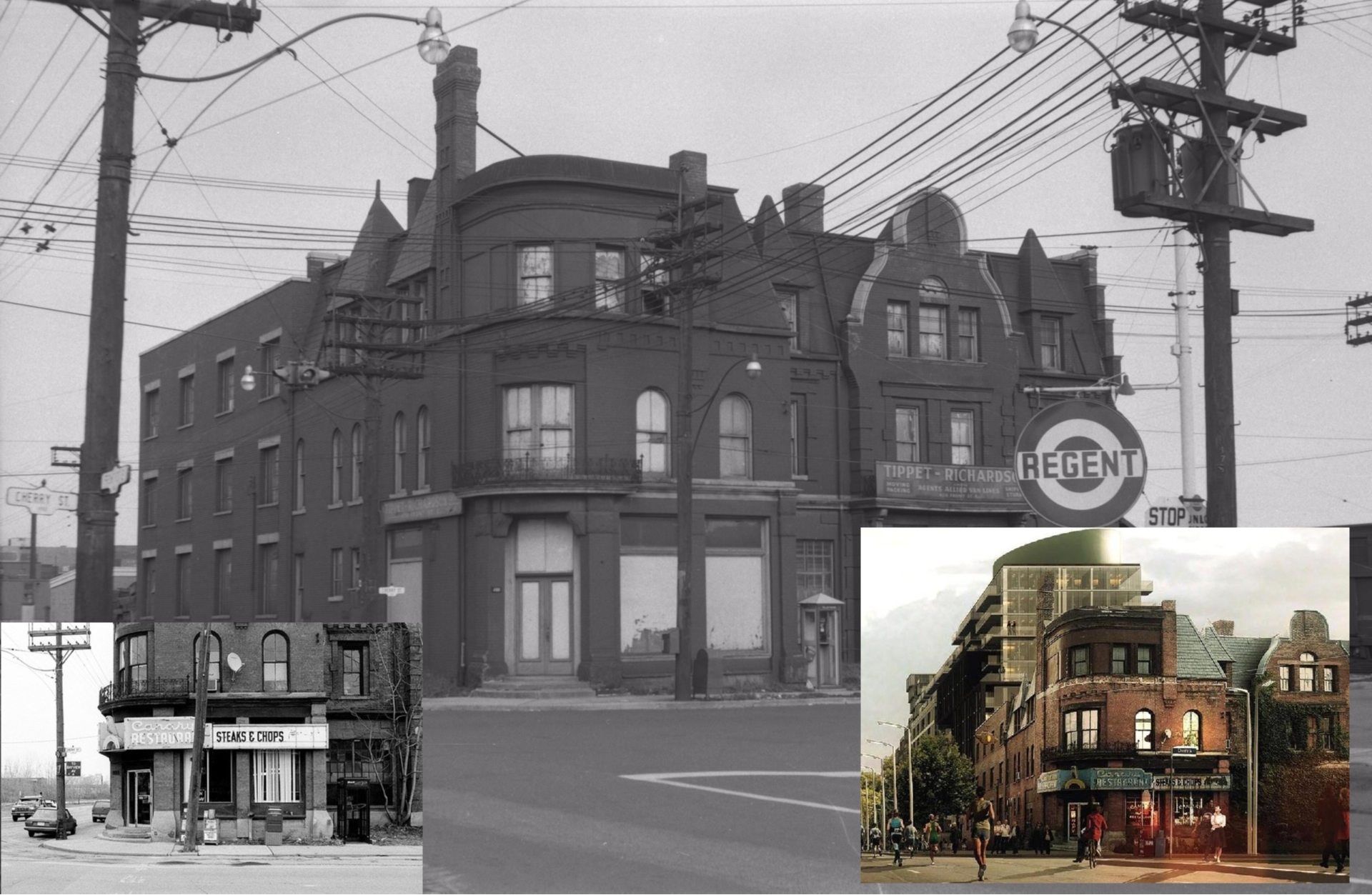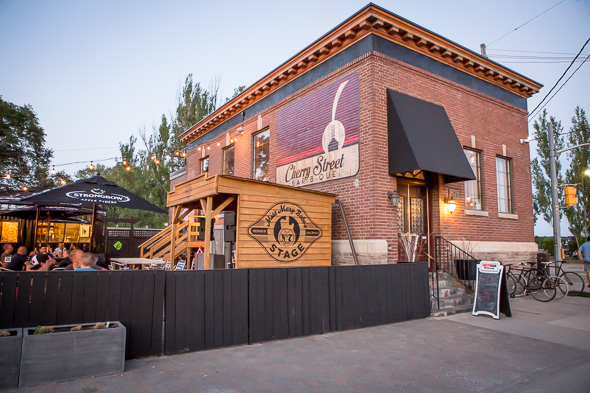Wed., Oct. 19, 2016
There’s been a lot of talk about building city parks lately, but, sadly, not much action.
In early August Mayor John Tory unveiled ambitious plans for a 21-acre Rail Deck Park to be built over downtown train tracks between Bathurst St. and Blue Jays Way. But just as everyone got excited, he made it clear the city didn’t have the more than $1 billion it would take to build it. He hoped donors would step up to the plate to make it a reality.
Now the city is turning to private donors to kickstart creation of a new 200-hectare
Don River Valley Park that would stretch 4.7 km from Evergreen Brick Works south to the mouth of the Don. So far, Tory said this week, $3.4 million out of a hoped-for $5 million has been raised for initial steps to build entry points, bridges and signs to improve access to the valley.
The generosity of those donors is admirable. But it’s not good enough for a city as big and ambitious as Toronto to rely on private sources to create much-needed parkland in the downtown core. Green space isn’t a luxury in a city of 2.8 million people. It’s a necessity. Without it Toronto isn’t viable, never mind livable.
Indeed, it would be a tragic waste if the city can’t come up with the money needed to act on the opportunity presented by the proposed
Don River Valley Park. Unlike the proposed Rail Deck Park, which must be built from scratch, the makings of the Don Valley park already exist with a mature tree canopy, roughed-out woodland trails and wetlands that are home to an impressive array of wildlife including egrets, mink, deer, coyote, beaver and salmon.
Now it needs a helping hand to make it into a great city park that would serve millions of residents and visitors on the scale of Vancouver’s Stanley Park or New York’s Central Park. Indeed, the neighbourhoods bordering it already house 250,000 people. And with the new developments in the West Don Lands, East Bayfront, Central Waterfront and downtown there will soon be another 60,000 in the “park’s” backyard.
Much of the visionary work for the park has already been laid out by the city’s creative partner in this venture, Evergreen, which has been holding consultations with landscape architects, urban planners and artists for the last two years. As envisioned, a new park could include paths for cycling and commuting, a contemporary art trail, bridges to join communities, and the creation of access points to make the Don River itself more accessible.
Now the city must find the means to fund this great idea for a “super park” in the city. The mayor should head back to the drawing board and find a way to make it happen.






